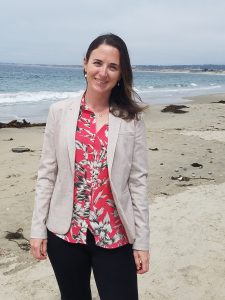Tien-Chieh Hung, UC Davis
Moss Landing Marine Labs Seminar Series - November 29th, 2018
Hosted by the Ichthyology Lab
MLML Seminar Room, 4pm
(or Watch it Live here!)
Open to the public
Prof. Tien-Chieh Hung works in the area of aquacultural engineering including computational fluid dynamics, biomimetic particle filtration system design, recirculating culture system design, cultural technique development, and fish behavior. He has been working with listed fish species since 2008 and is Director of the Fish Conservation and Culture Laboratory and manages the refuge population of the delta smelt. His current study is focusing on the fish culture technique improvement, marking method development, domestication effects on the captive fish, and integrated aquaculture.
The development of delta smelt hatchery and the use of cultured fish for conservation purposes
The UC Davis Fish Conservation and Culture Laboratory (FCCL) has started the delta smelt hatchery program since 1996 in response of the decline of their population in Delta. The fish is known for their fragile and sensitive to the environment, and they were federally listed as threatened and as endangered by the state. It took about 10 years for the FCCL to develop a reliable culture method for the delta smelt, and since then, the FCCL has been further developing a genetically managed refuge population of the fish. Currently the FCCL is housing the 11th generation removed from the wild. With the potential need of future reintroduction of delta smelt, the FCCL is now working with collaborators on the fitness of captive fish to the wild.
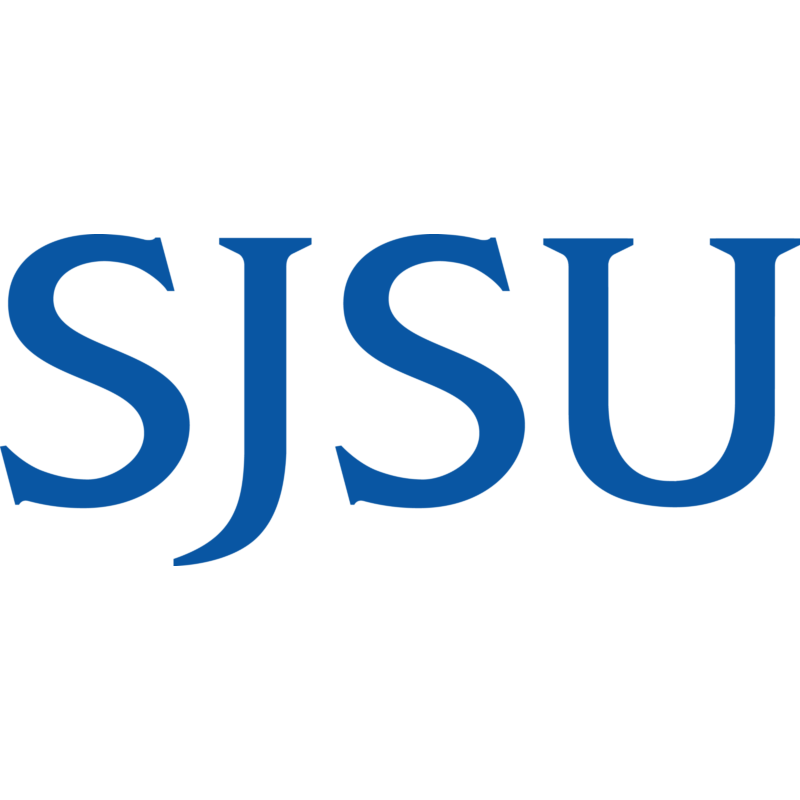

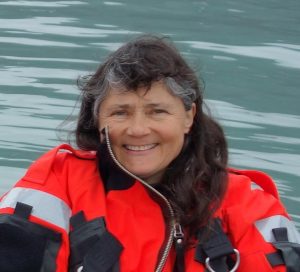 Dr. Blackwell has been working with large marine vertebrates for nearly 30 years - northern and southern elephant seals, Baltic grey seals, albacore tuna, Atlantic and Pacific bluefin tuna, bowhead whales, and narwhals, to name a few. In the early stages of her career she was involved in the design and manufacture of several types of seal data loggers, recording parameters such as depth, temperature, heart rate, swim speed, activity levels, and bioluminescence. She joined Greeneridge in May 2000 and has since collected and analyzed acoustic data on man-made sounds, such as those produced by impact and vibratory pile-driving, airgun pulses, and numerous construction activities, to assess their range and impact on marine vertebrates, mostly marine mammals. More recently she has combined these two interests—in collecting data using tags and in assessing the effects of man-made sounds on marine animals—to examine how East Greenland narwhals react to sounds from airgun pulses, which are used the world over in seismic exploration for oil and gas. She is the lead author of 12 refereed journal articles and a co-author in 31 others. She is a member of the Acoustical Society of America (and a Fellow since 2008), the Society for Marine Mammalogy, and Sigma Xi (National Society for Scientific Research).
Dr. Blackwell has been working with large marine vertebrates for nearly 30 years - northern and southern elephant seals, Baltic grey seals, albacore tuna, Atlantic and Pacific bluefin tuna, bowhead whales, and narwhals, to name a few. In the early stages of her career she was involved in the design and manufacture of several types of seal data loggers, recording parameters such as depth, temperature, heart rate, swim speed, activity levels, and bioluminescence. She joined Greeneridge in May 2000 and has since collected and analyzed acoustic data on man-made sounds, such as those produced by impact and vibratory pile-driving, airgun pulses, and numerous construction activities, to assess their range and impact on marine vertebrates, mostly marine mammals. More recently she has combined these two interests—in collecting data using tags and in assessing the effects of man-made sounds on marine animals—to examine how East Greenland narwhals react to sounds from airgun pulses, which are used the world over in seismic exploration for oil and gas. She is the lead author of 12 refereed journal articles and a co-author in 31 others. She is a member of the Acoustical Society of America (and a Fellow since 2008), the Society for Marine Mammalogy, and Sigma Xi (National Society for Scientific Research).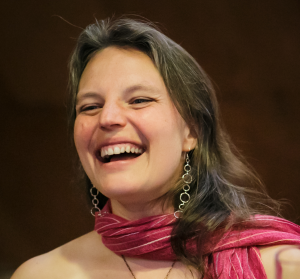

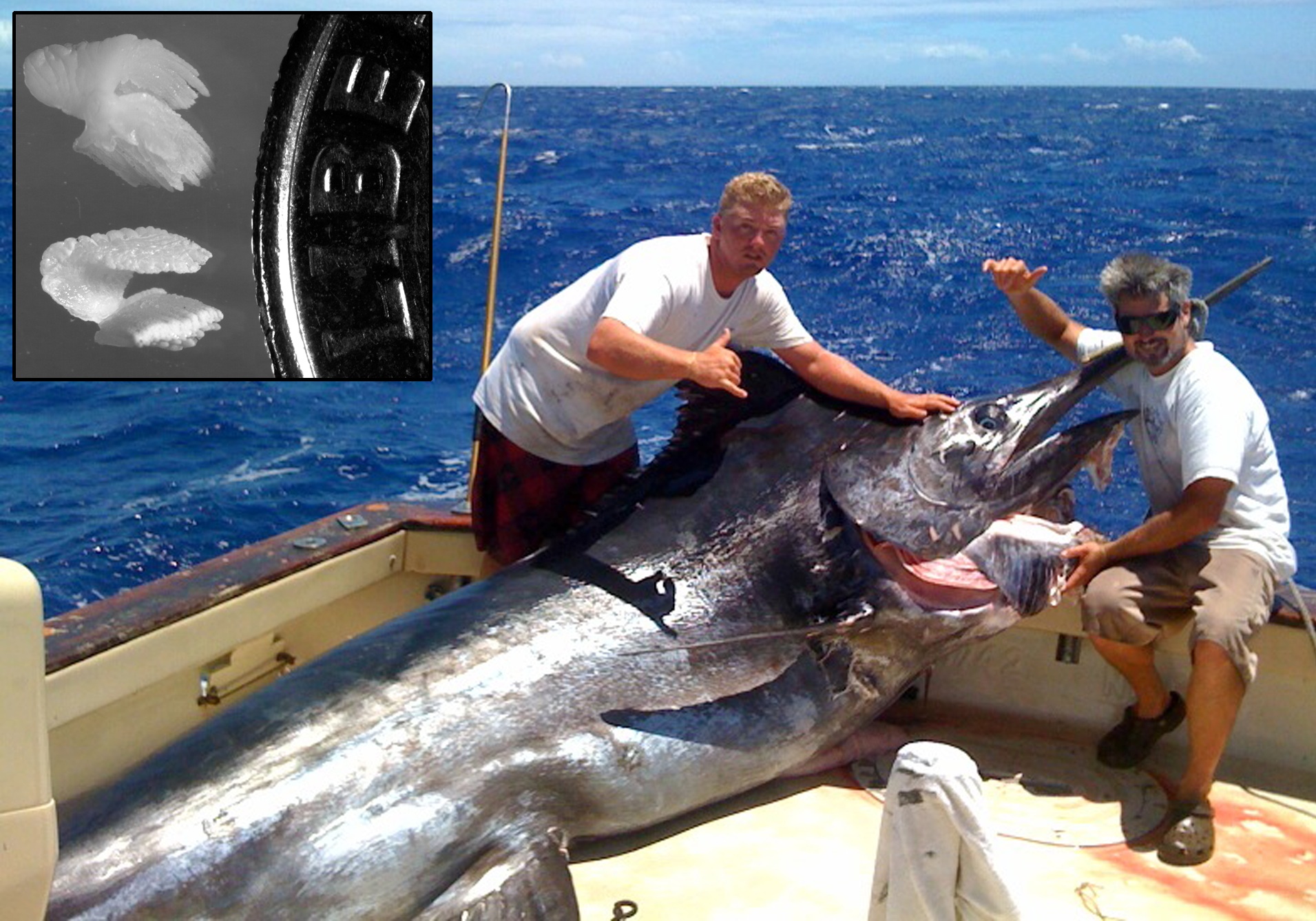
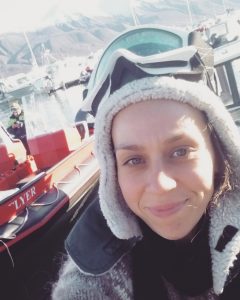
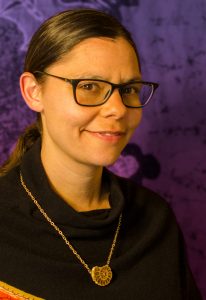
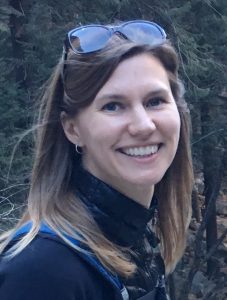
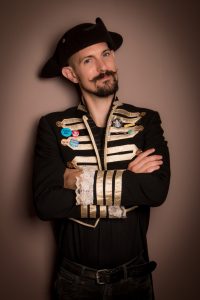 Having studied Oceanography at University of Southampton, Russell worked as a commercial oceanographer before becoming a high school Physics teacher. With a passion for public engagement, Russell left teaching to pursue science outreach as Education Consultant and Presenter for Incredible Oceans. Russell frequently performs at events across Europe including the Cheltenham Science Festival, Elderflower Fields Festival, Wilderness Festival, and Brighton Science Festival.
Having studied Oceanography at University of Southampton, Russell worked as a commercial oceanographer before becoming a high school Physics teacher. With a passion for public engagement, Russell left teaching to pursue science outreach as Education Consultant and Presenter for Incredible Oceans. Russell frequently performs at events across Europe including the Cheltenham Science Festival, Elderflower Fields Festival, Wilderness Festival, and Brighton Science Festival.